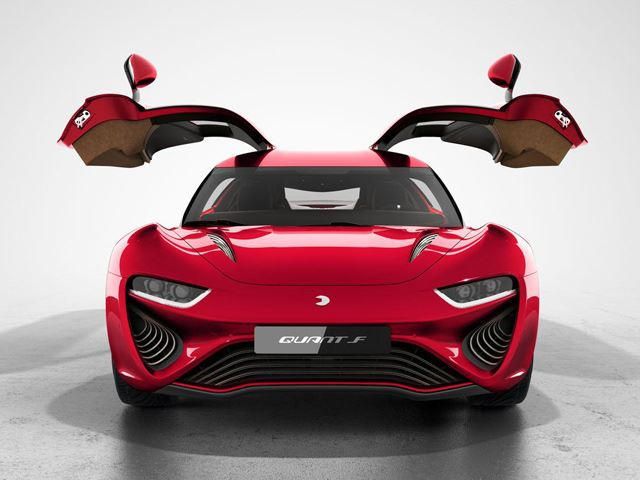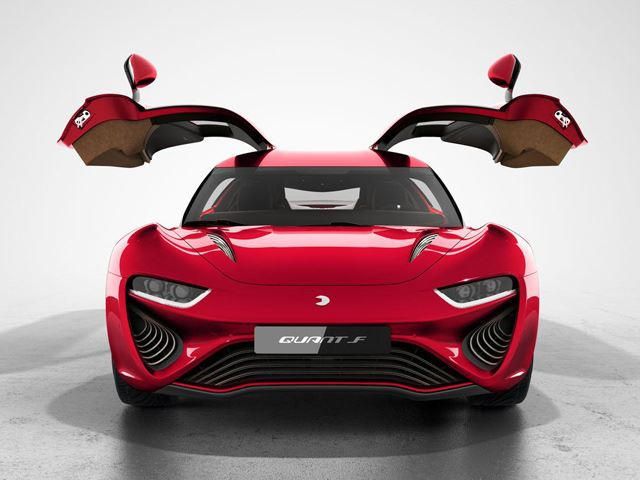NanoFlowcell’s Ambitious Electric Pickup Truck: Quant-Up
NanoFlowcell, a startup company that’s been developing an innovative energy storage and delivery system for electric vehicles for about a decade, has unveiled its latest concept: the Quant-Up electric pickup truck. This vehicle showcases the company’s flow cell technology, which promises to revolutionize the EV market.
A Brief History of NanoFlowcell’s Innovations
The company’s first concept debuted at the 2014 Geneva Motor Show, and since then, it has evolved the technology in various ways. NanoFlowcell has previewed its flow cell technology in several show cars and even an eVTOL concept. The Quant-Up is the latest in a series of digital mockups of future ideas, continuing the company’s tradition of innovative designs.
Design and Features of the Quant-Up
The Quant-Up adopts the distinctive styling seen in other NanoFlowcell vehicles, featuring sharply angled thin headlights with gill-like lower air openings that lead to the wheel wells and brakes. The design includes hood vents, although their functionality is unclear since there’s no engine to vent heat from. The truck has a raked roofline leading to an average-sized pickup bed, with large lettering on the tailgate – a trend among modern automakers. The overall design bears some resemblance to the Hyundai Santa Cruz in profile.
Performance Claims
According to the Quant-Up website, the truck uses “multiple parallel-connected flow cells” for enhanced energy production, resulting in a combined power output of 751 horsepower from four motors – presumably one at each wheel for all-wheel drive. The company claims a theoretical top speed of 180 mph and an impressive range of more than 1,360 miles when its special fuel tanks are full. The Quant-Up measures 236 inches long, 74 inches tall, and 82.5 inches wide, with a 144.6-inch wheelbase and a relatively light weight of 4,365 pounds for its size.
How the Flow Cell Technology Works

The flow cell battery technology uses a non-combustible liquid electrolyte as fuel, which runs through a membrane that gets charged with energy. This energy powers components like the Quant-Up’s electric motors. The system requires only two tanks worth of liquid, with positive and negative mixtures kept separate. They’re funneled through opposite ends of a membrane that traps the transfer of ions between the liquids, using them to power vehicle components. NanoFlowcell claims this technology is more energy-dense than traditional battery setups and that the electrolyte fuel is very affordable to produce. The electrolyte needs to be filtered, but the byproducts are said to be non-toxic.
Challenges and Future Prospects
While the technology sounds promising, there are still many unknowns. The exact composition of the proprietary electrolyte fuel mix (called Bi-Ion) remains a secret. As of May 2024, NanoFlowcell was looking for property near New York City to continue its research projects, indicating ongoing development. Despite the potential of this technology, it hasn’t yet made its way to the mainstream market.
The Quant-Up represents NanoFlowcell’s continued push into innovative energy storage and delivery systems for electric vehicles. With its claimed range and power potential, it could be a significant player in the EV market if successfully developed and implemented.



